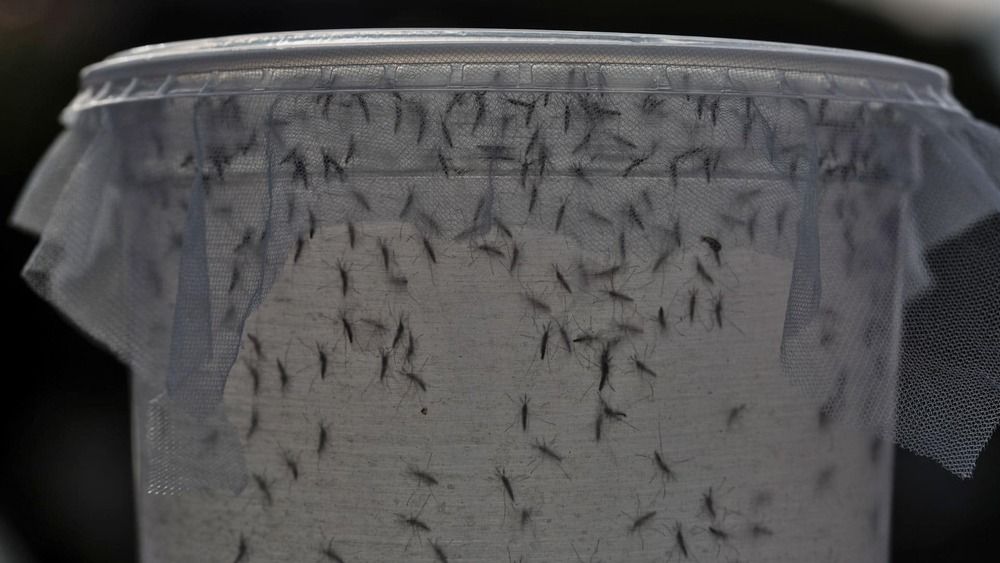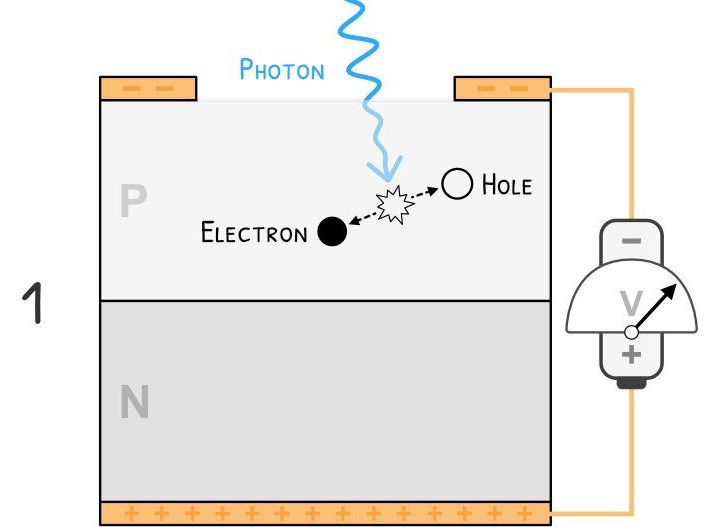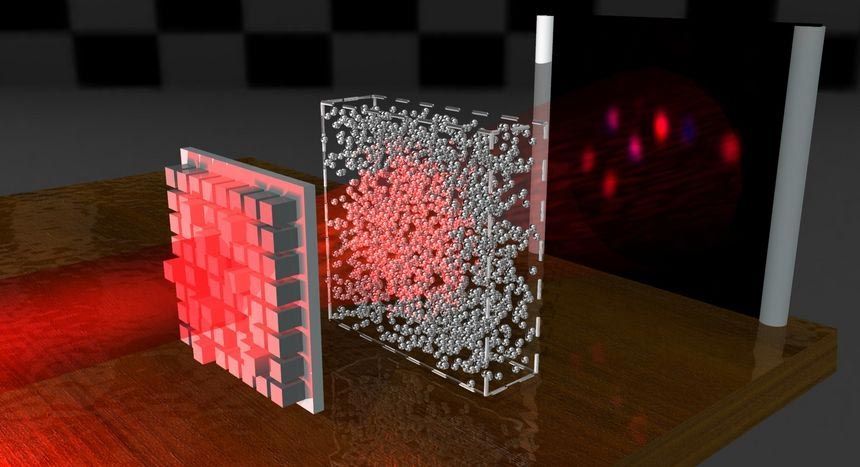Making Kazakhstan Green Again — Mr. Arman Kashkinbekov, Honorary CEO and Board Member, Association of Renewable Energy of Kazakhstan — Director, International Snow Leopard Foundation.
Mr. Arman Kashkinbekov, is the honorary CEO and board member, Association of Renewable Energy of Kazakhstan and Deputy Chairman of the Board, International Centre for Green Technologies and Investment Projects (Kazakhstan).
With a bachelor’s degree from Karaganda University, in International Economic Relations, and a master’s degree in economics from Vanderbilt University, Mr. Kashkinbekov also studied at the Norwegian Petroleum Directorate and the Kazakhstan-Japan Development Center.









